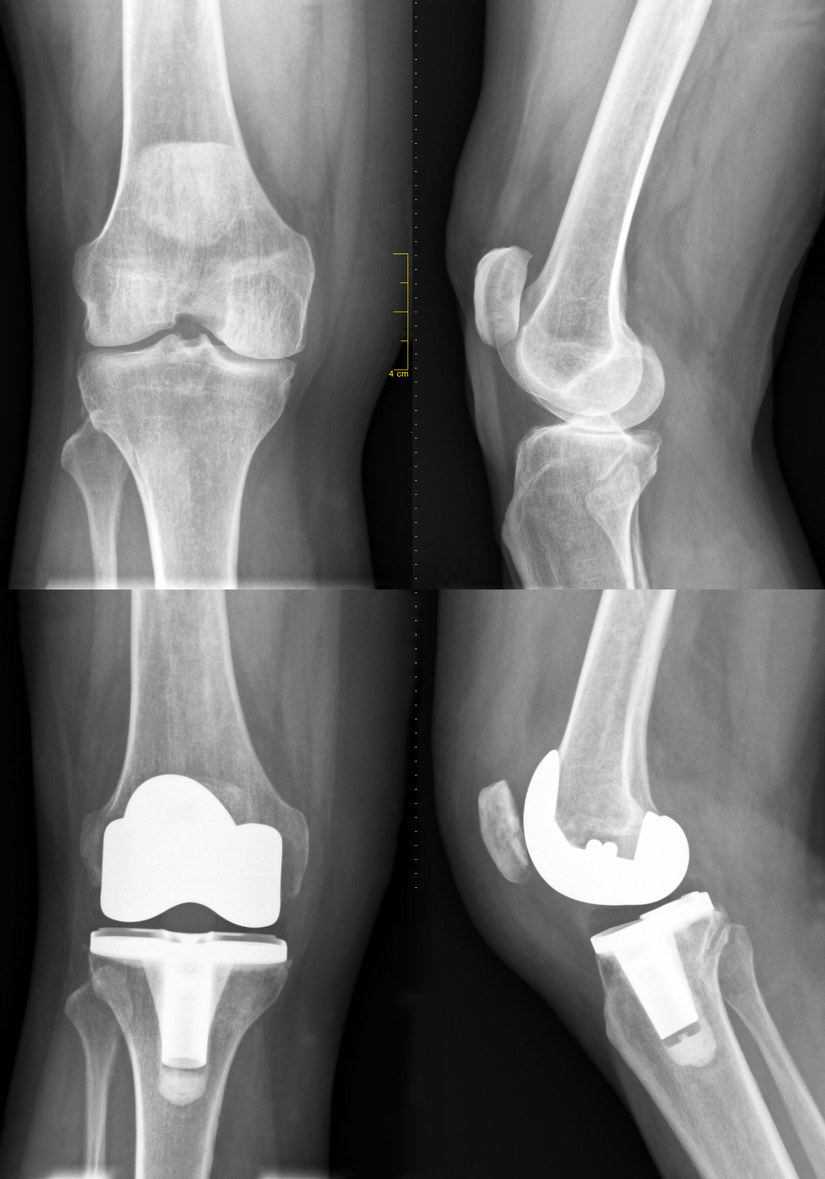Stress fractures are one of the most common injuries in sports. They often happen to athletes or anyone who exercises a lot, especially in activities that involve repeated impact to the legs and feet.
“We often see these types of fractures in runners, tennis players, gymnasts, basketball players, as well as military recruits,” says Stephanie A. Giammittorio, D.O., a fellowship trained, board-certified sports medicine physician with Riverside Orthopedic and Sports Medicine Specialists. “The injured area will have an insidious onset of pain with activity but usually gets better with rest.”
What Is a Stress Fracture?
A stress fracture happens when bones get worn down by repetitive force, usually over time. These small injuries are often caused by overuse, such as running long distances, jumping repeatedly or suddenly increasing your activity level.
Muscles normally help absorb shock during exercise. But when muscles get tired, they can't protect the bones as well. This leads to extra stress on the bones—and eventually a fracture.
“The tibia, or shin, is the most common location for stress fractures,” Dr. Giammittorio explains. “We also see them in different bones in the feet and the hips.”
What Causes a Stress Fracture?
Many things can increase the risk of a stress fracture, including:
- Exercising too much without enough rest
- Suddenly increasing your activity level
- Running more than 25 miles per week
- Poor technique or alignment during exercise
- Old or worn out footwear
- Not eating enough to support your activity
- Osteopenia or osteoporosis, which make bones weaker
- Smoking or drinking more than 10 alcoholic drinks per week
Women are at higher risk, especially if they have low bone density, hormone imbalances, or poor nutrition. These factors are often linked to a condition called Relative Energy Deficiency in Sport (RED-S).
Signs of a Stress Fracture
The most common symptom is pain during activity that goes away with rest. But if the injury isn’t treated, the pain can become constant—even when you’re not moving.
Other signs include:
- Swelling or tenderness in one area
- Pain that gets worse with weight-bearing activity
- A feeling of weakness in the limb
Diagnosing a Stress Fracture
Your sports medicine specialist will start by asking about your symptoms and activity levels. An X-ray may help show the fracture, but in the early stages, it might not be visible. If that happens, you may need to return in a few weeks for another X-ray or have an MRI or bone scan to confirm the diagnosis.
How to Treat a Stress Fracture
The first step is rest. Avoid activities that cause pain. In the meantime, use the RICE method:
- R – Rest: Stop high-impact activities.
- I – Ice: Use cold packs for 20 minutes, several times a day.
- C – Compression: Lightly wrap the area to reduce swelling.
- E – Elevation: Raise your leg or foot above your heart when resting.
“Resting from activity that causes pain is the best way to heal it,’” says Dr. Giammittorio. “Activity modification for approximately six to eight weeks will give it time to heal. In the meantime, over-the-counter pain medication can help with pain relief. Physical therapy during this time can help correct biomechanical issues that may have contributed to the injury, build muscular strength and maintain fitness.”
Other treatments may include:
- Crutches to keep weight off the area
- A walking boot or air cast to stabilize the bone
- Surgery in certain bones, where pins or screws help the bone heal
How to Prevent Stress Fractures
Here are tips from the American Academy of Orthopaedic Surgeons and other experts to reduce your risk of injury:
- Cross-train: Mix up activities to avoid too much stress on one area.
- Eat a balanced diet: Take in enough calories for the energy demands of your sport and get enough calcium and vitamin D for strong bones.
- Wear proper shoes: Replace worn-out footwear and get fitted for your foot type.
- Use orthotics: Custom inserts may help if you have flat feet or other alignment issues.
- Increase activity slowly: Don’t jump into intense training too fast—build up gradually.
When to See a Sports Medicine Specialist
If you think you might have a stress fracture in your foot, shin or other part of your leg, don’t ignore it. Early treatment can help you avoid long-term problems and return to your favorite activities faster. At Riverside Sports Medicine Specialists, our goal is to get you back to the field, court or track as quickly and safely as possible. We have several convenient locations near your work or home.
Final Takeaway
Stress fractures are a warning sign that your body needs a break. Whether you’re training for a race or just trying to stay in shape, listening to your body is key. Take care of your bones, rest when needed and fuel your body well—that’s how you stay strong for the long haul.



